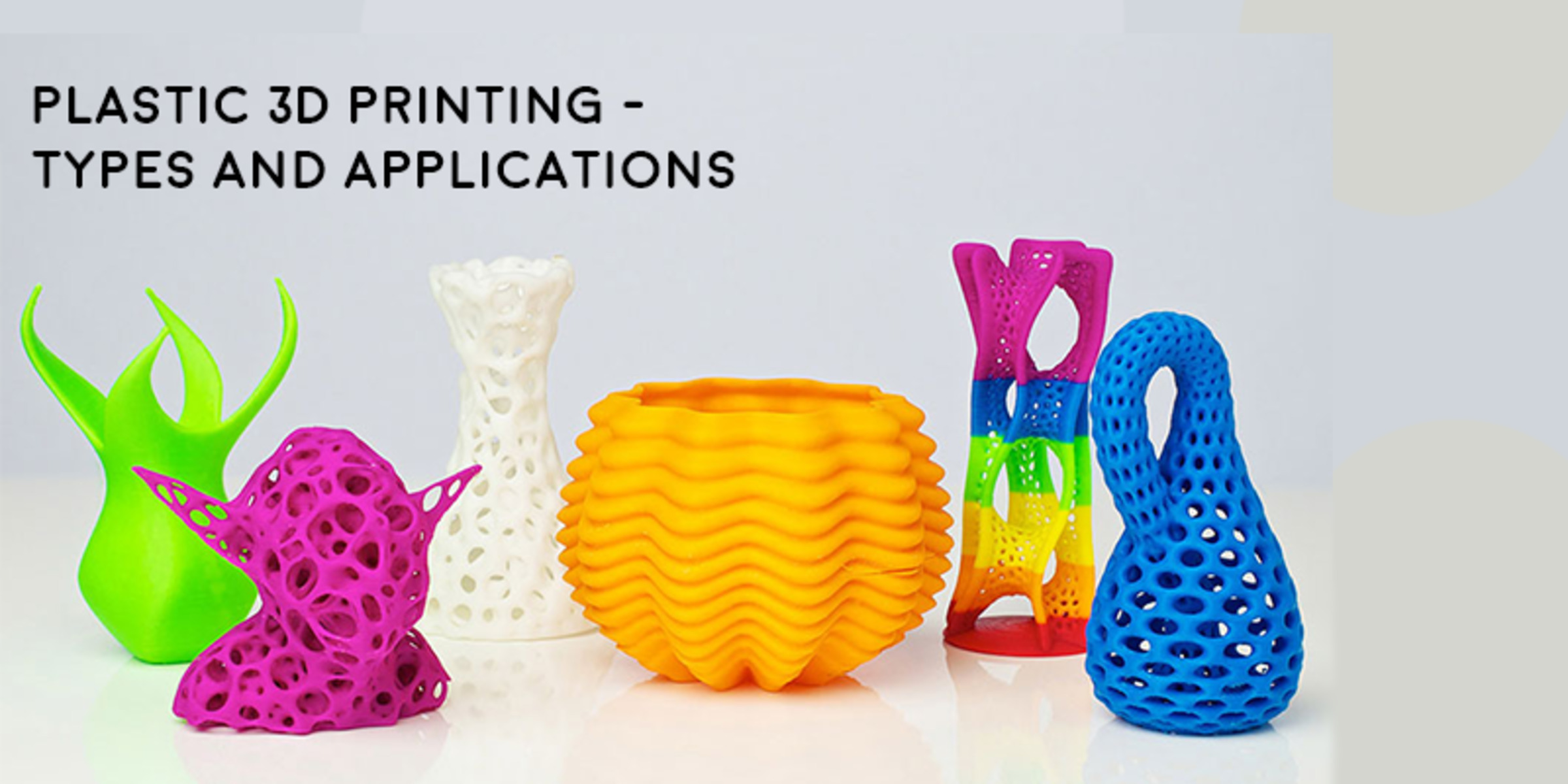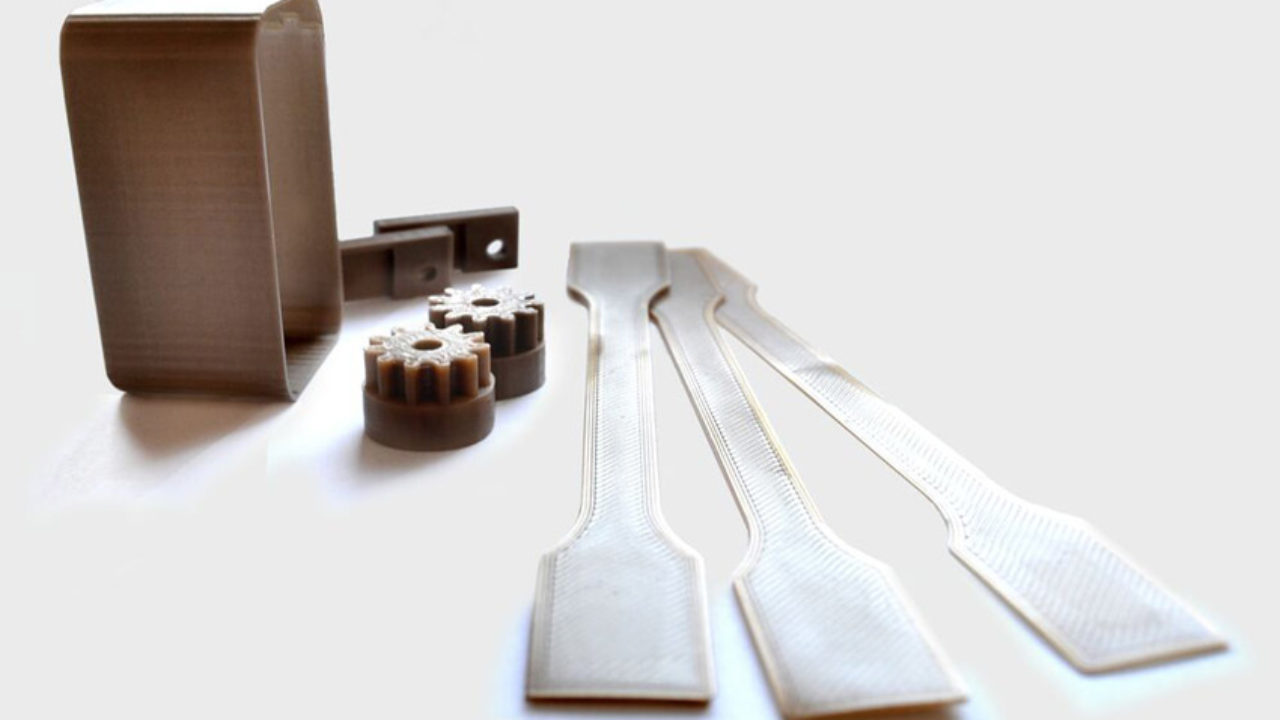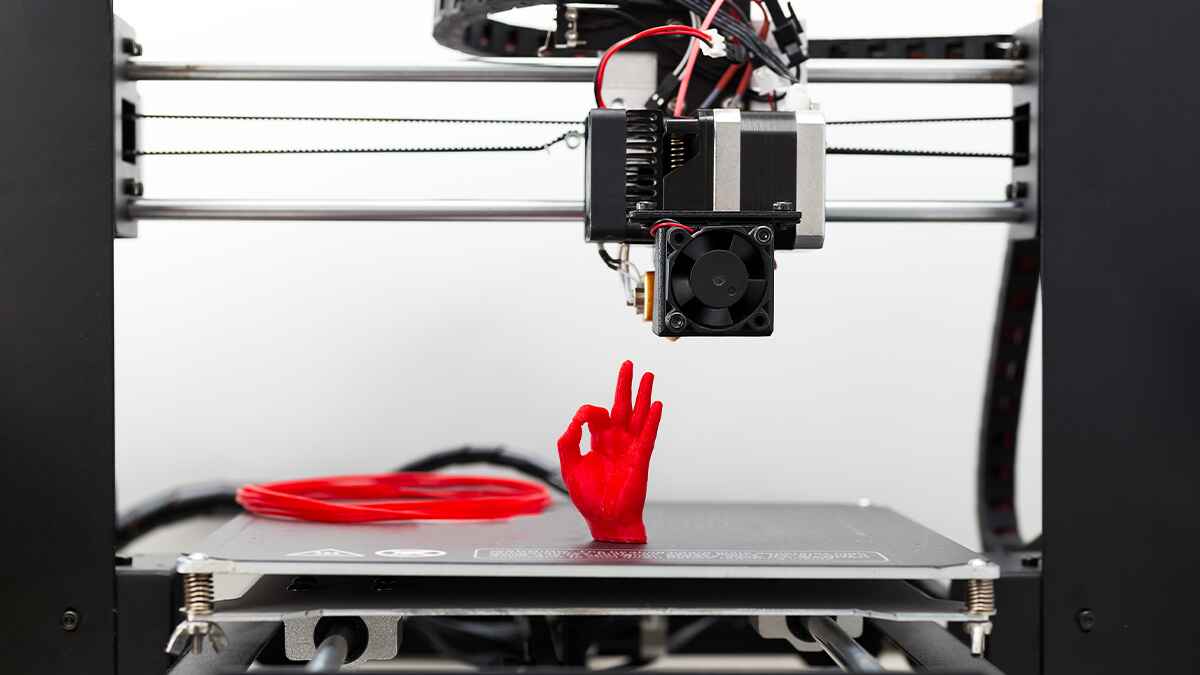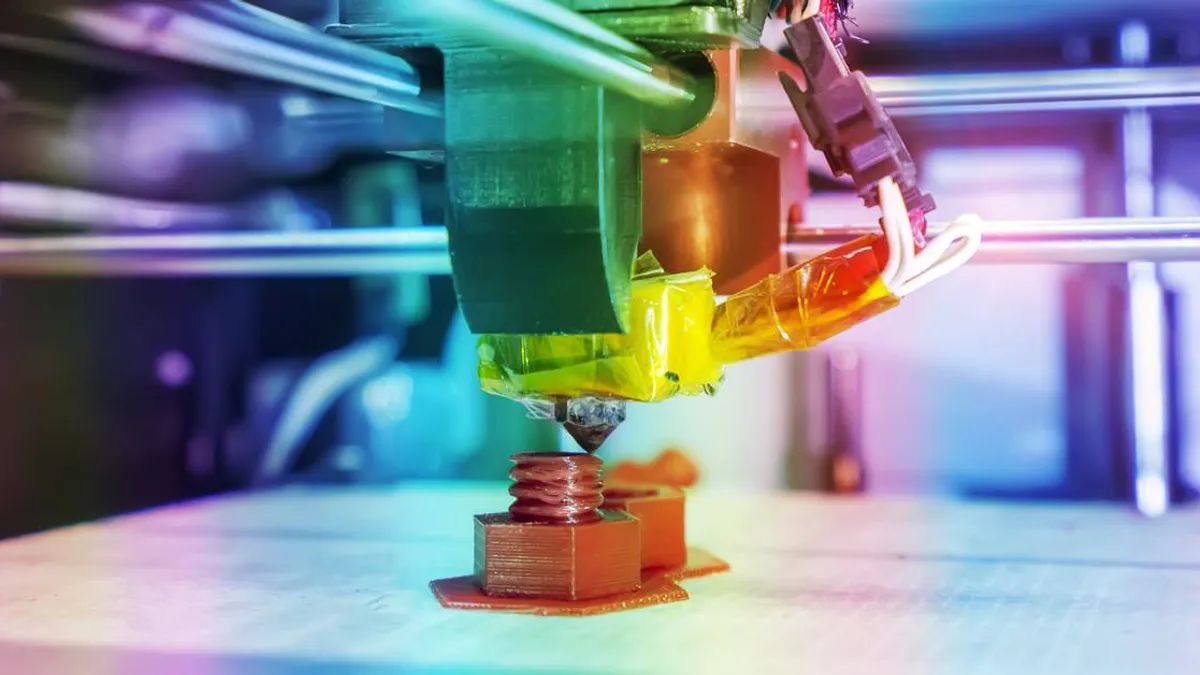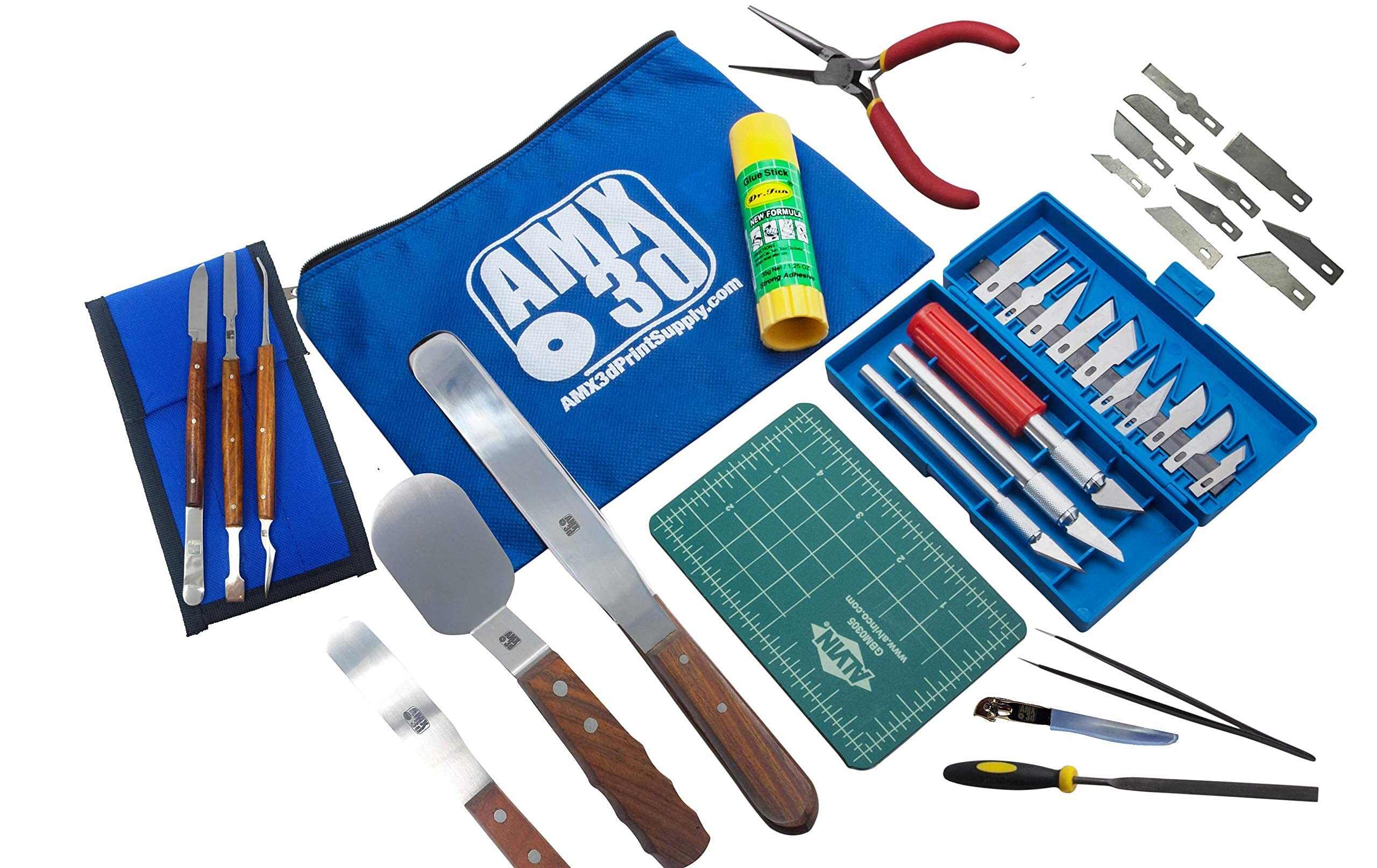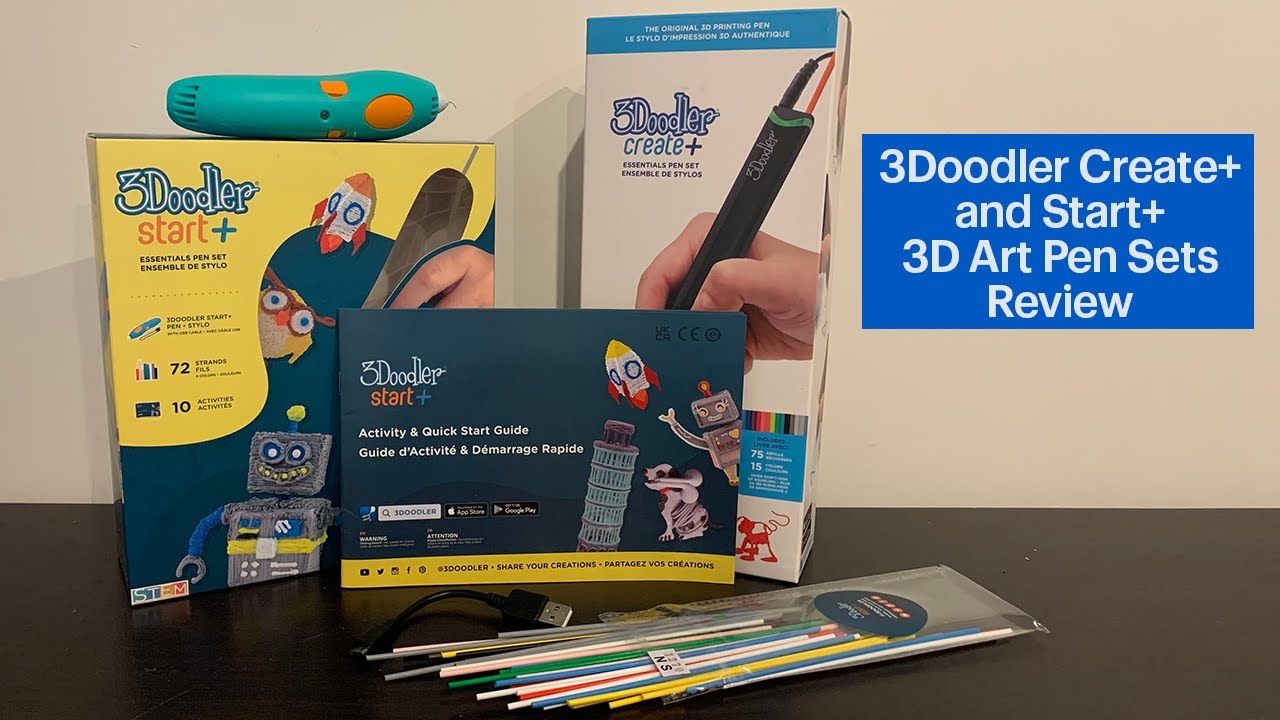Introduction
3D printing has revolutionized the manufacturing industry by allowing the creation of complex and customized objects. One of the key components of 3D printing is the filament material used, and in particular, the type of plastic used. Different plastics have different characteristics such as strength, flexibility, and temperature resistance, which can greatly impact the quality of the printed object.
In this article, we will explore the various types of plastics commonly used in 3D printing and discuss their properties and applications. Understanding the different types of plastics used in 3D printing can help individuals make informed decisions when choosing the right material for their projects.
It is important to note that while we will be focusing on the most commonly used plastics, there are many other types of plastics available for 3D printing. Each plastic has its own unique set of properties, and the choice of material depends on the specific requirements of the project.
So, let’s dive into the world of 3D printing plastics and discover the possibilities they offer!
PLA (Polylactic Acid)
PLA is one of the most popular and widely used plastics in 3D printing. It is derived from renewable resources such as cornstarch or sugarcane and is considered to be environmentally friendly. PLA is known for its ease of use and low printing temperatures, making it ideal for beginners and hobbyists.
One of the key advantages of PLA is its biodegradability. Unlike other plastics, PLA can break down into natural components over time when exposed to the environment. This makes it an excellent choice for applications where sustainability is a priority.
PLA also offers good print quality and comes in a wide range of vibrant colors. It has a glossy finish and can achieve intricate details with fine layer resolution. However, PLA does have certain limitations. It is not as strong or heat-resistant as other plastics, making it less suitable for functional parts or objects exposed to high temperatures.
Nevertheless, PLA is still widely used for a variety of applications such as prototyping, decorative objects, and educational projects. Its low cost, eco-friendliness, and ease of use make it an attractive choice for many 3D printing enthusiasts.
ABS (Acrylonitrile Butadiene Styrene)
ABS is another commonly used plastic in 3D printing. It is a thermoplastic polymer known for its durability and strength. ABS is widely used in various industries, including automotive, electronics, and consumer goods.
One of the main advantages of ABS is its excellent mechanical properties. It is known for its high impact resistance and toughness, making it suitable for functional parts and objects that require durability. ABS is also heat-resistant, allowing it to withstand higher temperatures compared to PLA.
ABS requires higher print temperatures compared to other materials, which can pose challenges for some 3D printers. However, with the right settings and equipment, ABS can produce high-quality prints with good dimensional stability. It also offers the ability to be post-processed, such as sanding and painting, to achieve a smoother surface finish.
It’s important to note that ABS can release potentially harmful fumes during printing. Adequate ventilation is necessary to ensure a safe printing environment. Additionally, ABS exhibits higher shrinkage and warping compared to other plastics, so the use of a heated bed or adhesive is recommended to minimize these issues.
ABS is commonly used for functional prototypes, industrial components, and objects where strength and durability are paramount. With proper printing techniques and post-processing, ABS can deliver high-quality, robust prints that meet the requirements of various applications.
PETG (Polyethylene Terephthalate Glycol)
PETG is a versatile and popular plastic used in 3D printing. It is a glycol-modified version of Polyethylene Terephthalate (PET) and offers a combination of desirable properties from both PET and other plastics.
One of the key advantages of PETG is its excellent strength and durability. It has a high impact resistance, making it suitable for functional parts that require toughness. PETG also has good flexibility and can withstand bending and stretching without breaking, making it less prone to warping compared to ABS.
In addition to its physical properties, PETG is known for its transparency and high optical clarity. This makes it ideal for printing objects that require a see-through or translucent appearance.
PETG is also easy to print with, as it requires similar temperatures to PLA. It has good layer adhesion, reducing the risk of delamination during the printing process. It also exhibits low shrinkage and warping, making it more forgiving compared to ABS.
Furthermore, PETG is chemical-resistant, making it suitable for applications where the printed object needs to withstand contact with various substances. It also has good resistance to moisture, making it suitable for outdoor applications.
Due to its strength, durability, and versatility, PETG is widely used in a range of applications, including mechanical parts, consumer products, and functional prototypes. Its combination of properties makes it a go-to choice for many 3D printing enthusiasts.
TPU (Thermoplastic Polyurethane)
TPU, or Thermoplastic Polyurethane, is a flexible and elastic plastic that has captured the attention of the 3D printing community. It offers unique properties that make it suitable for a wide range of applications.
One of the primary advantages of TPU is its excellent flexibility and elasticity. It can be stretched and bent without causing permanent deformation, making it ideal for printing objects that require flexibility and resilience. TPU also exhibits high abrasion resistance, which further enhances its durability and longevity.
Another notable characteristic of TPU is its excellent impact strength. It can absorb shocks and withstand impacts, making it suitable for creating protective cases, shock-absorbing components, and prototypes that require impact resistance.
TPU is also known for its ability to adhere well to various surfaces, including itself. This property allows for the creation of complex and interlocking designs. It also adheres well to materials like ABS and PLA, enabling multi-material printing.
When it comes to printability, TPU can present challenges due to its flexible nature. It requires specific settings and modifications to the printer, such as increasing the extrusion temperature, slowing down the print speed, and using a flexible build plate or adhesive. However, with the right adjustments, TPU can produce high-quality prints with great flexibility and strength.
Due to its unique properties, TPU finds applications in industries such as footwear, sports equipment, prosthetics, and automotive parts. Its ability to create flexible and durable objects makes it a suitable choice for projects requiring elasticity and impact resistance.
Nylon
Nylon is a versatile and widely used plastic in various industries, including 3D printing. It is a strong and durable material that offers excellent mechanical properties.
One of the key advantages of nylon is its high strength-to-weight ratio. It is known for its exceptional tensile strength and impact resistance, making it suitable for producing functional and load-bearing parts. Nylon also has good chemical resistance, allowing it to withstand exposure to various substances.
In addition to its strength, nylon has low friction properties, making it an ideal choice for parts that require smooth movement or need to slide against other surfaces. It also has low moisture absorption, which helps maintain dimensional stability even in high humidity environments.
Printability can be a challenge with nylon due to its high melting point and tendency to warp. It requires a heated bed and a controlled printing environment to minimize warping and achieve successful prints. However, the effort is often worth it, as nylon can produce robust and high-quality parts.
Another advantage of nylon is its ability to be post-processed. It can be sanded, machined, and dyed to achieve the desired finish and color. This flexibility in post-processing makes nylon a popular choice in industries such as aerospace, automotive, and engineering.
Nylon is commonly used for functional prototypes, gears, bearings, and parts that require high mechanical strength. Its combination of strength, durability, and versatility makes it a go-to material for applications that demand robustness and performance.
PVA (Polyvinyl Alcohol)
PVA, or Polyvinyl Alcohol, is a unique plastic used in 3D printing for support structures. It serves as a soluble support material that can be easily dissolved in water, leaving behind the desired printed object.
One of the main advantages of PVA is its excellent solubility. It dissolves rapidly in water, allowing for easy removal of support structures without the need for manual post-processing. This makes it an ideal choice for complex designs and intricate details where traditional support removal methods would be difficult or time-consuming.
PVA is also known for its compatibility with a wide range of filaments. It can be used in combination with various materials, such as PLA and ABS, to provide support for overhanging or bridging parts. This versatility allows for the creation of complex models that would otherwise be challenging to print.
It’s important to note that PVA requires specific printing conditions. It is recommended to use a dual-extruder 3D printer to simultaneously print the model using the primary material and the support structures using PVA. Additionally, PVA is sensitive to moisture and should be stored in a dry environment to ensure print quality.
PVA is commonly used in applications where intricate and complex shapes require temporary support. This includes architectural models, sculptures, and parts with complex internal geometries. Its solubility and compatibility make it an invaluable tool for achieving high-quality prints with intricate designs.
HIPS (High Impact Polystyrene)
HIPS, or High Impact Polystyrene, is a popular plastic used in 3D printing for its excellent impact resistance and ease of printing. It is a durable and versatile material that finds applications in various industries.
One of the primary advantages of HIPS is its high impact strength. It can withstand sudden impacts and is less prone to cracking or breaking compared to other plastics. This makes it suitable for producing functional parts that require toughness and durability.
HIPS is also known for its ease of printing. It has low warping and excellent bed adhesion properties, making it ideal for large and flat prints. It is compatible with many 3D printers and can be easily printed at moderate temperatures.
Another notable characteristic of HIPS is its ability to be dissolved in Limonene, a common solvent. This property makes it an ideal support material for complex prints. By using a dual-extruder 3D printer, HIPS can serve as a soluble support structure that can be easily removed by soaking the print in Limonene.
However, it’s worth noting that HIPS can release noxious fumes during the printing process. Proper ventilation is essential to ensure a safe working environment. Additionally, HIPS may have a slight tendency to warp when printed as the main material, but this can be mitigated with the use of a heated bed.
HIPS is commonly used for functional prototypes, models, and support structures. Its combination of impact resistance, easy printing, and solubility as a support material makes it a go-to choice for many 3D printing enthusiasts.
PC (Polycarbonate)
PC, or Polycarbonate, is a strong and versatile plastic used in 3D printing for its excellent mechanical properties and heat resistance. It is a popular choice for applications that require durability and high-temperature resistance.
One of the main advantages of PC is its exceptional strength. It has high tensile strength and impact resistance, making it suitable for producing functional parts that need to withstand heavy loads and impacts. PC is also known for its toughness, allowing it to resist breakage and deformation.
In addition to its strength, PC is highly heat resistant. It has a high glass transition temperature, enabling it to maintain its structural integrity at elevated temperatures. This makes PC suitable for applications involving exposure to high temperatures, such as automotive components and electrical enclosures.
PC also offers excellent optical clarity, making it ideal for applications that require transparency or optical properties. Additionally, it has good electrical insulation properties, making it suitable for electrical and electronic components.
When it comes to printing with PC, it requires specific printer settings and equipment. PC has a high melting temperature, so a heated print bed and a closed enclose are typically necessary to prevent warping and ensure proper adhesion. It also requires higher printing temperatures and slower print speeds compared to other materials.
Due to its strength, heat resistance, and versatility, PC is commonly used in industries such as automotive, aerospace, and electronics. Its ability to withstand demanding environments and maintain structural integrity makes it a reliable choice for functional and high-temperature applications.
Conclusion
In conclusion, the choice of plastic for 3D printing plays a significant role in determining the quality, functionality, and durability of the printed objects. Each type of plastic has its own unique set of properties and characteristics that make it suitable for specific applications.
PLA is a popular choice for its eco-friendliness, ease of use, and vibrant color options. ABS offers excellent strength and durability, making it suitable for functional parts. PETG provides a balance of strength, flexibility, and chemical resistance, making it versatile for various applications.
TPU is known for its flexibility and elasticity, making it ideal for producing objects that require resilience and impact resistance. Nylon offers high strength, low friction, and resistance to moisture, making it suitable for demanding applications.
PVA serves as a soluble support material, making it easy to remove complex support structures. HIPS offers high impact resistance and is often used as a support material that can be dissolved in Limonene.
PC provides exceptional strength, heat resistance, and optical clarity, making it suitable for applications in demanding environments.
Ultimately, the choice of plastic depends on the specific requirements of the project, such as mechanical strength, flexibility, temperature resistance, and post-processing capabilities. It is important to consider these factors when selecting the appropriate plastic for 3D printing.
By understanding the properties and applications of different plastics, individuals can make informed decisions that will result in successful and high-quality 3D printed objects.







